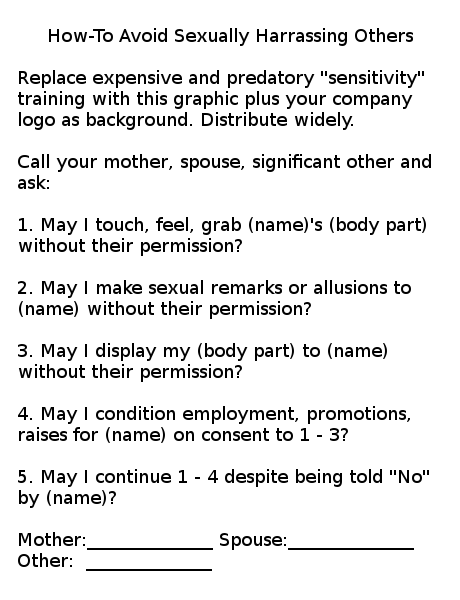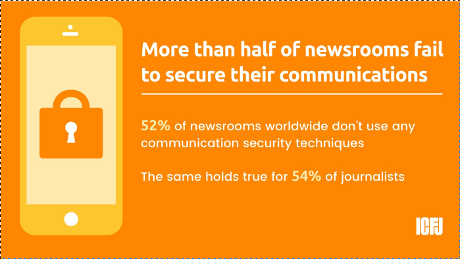Federal government blocking social media users, deleting posts by Elizabeth Thompson.
From the post:
Canadian government departments have quietly blocked nearly 22,000 Facebook and Twitter users, with Global Affairs Canada accounting for nearly 20,000 of the blocked accounts, CBC News has learned.
Moreover, nearly 1,500 posts — a combination of official messages and comments from readers — have been deleted from various government social media accounts since January 2016.
However, there could be even more blocked accounts and deleted posts. In answer to questions tabled by Opposition MPs in the House of Commons, several departments said they don’t keep track of how often they block users or delete posts.
It is not known how many of the affected people are Canadian.
It’s also not known how many posts were deleted or users were blocked prior to the arrival of Prime Minister Justin Trudeau’s government.
But the numbers shed new light on how Ottawa navigates the world of social media — where it can be difficult to strike a balance between reaching out to Canadians while preventing government accounts from becoming a destination for porn, hate speech and abuse.
…
US Legal Issues
Davison v. Loudoun County Board of Supervisors
Meanwhile, south of the Canadian border, last July (2017), a US district court decision carried the headline: Federal Court: Public Officials Cannot Block Social Media Users Because of Their Criticism.
…
Davison v. Loudoun County Board of Supervisors (Davidson) involved the chair of the Loudoun County Board of Supervisors, Phyllis J. Randall. In her capacity as a government official, Randall runs a Facebook page to keep in touch with her constituents. In one post to the page, Randall wrote, “I really want to hear from ANY Loudoun citizen on ANY issues, request, criticism, compliment, or just your thoughts.” She explicitly encouraged Loudoun residents to reach out to her through her “county Facebook page.”
Brian C. Davidson, a Loudon denizen, took Randall up on her offer and posted a comment to a post on her page alleging corruption on the part of Loudoun County’s School Board. Randall, who said she “had no idea” whether Davidson’s allegations were true, deleted the entire post (thereby erasing his comment) and blocked him. The next morning, she decided to unblock him. During the intervening 12 hours, Davidson could view or share content on Randall’s page but couldn’t comment on its posts or send it private messages.
Davidson sued, alleging a violation of his free speech rights. As U.S. District Judge James C. Cacheris explained in his decision, Randall essentially conceded in court that she had blocked Davidson “because she was offended by his criticism of her colleagues in the County government.” In other words, she “engaged in viewpoint discrimination,” which is generally prohibited under the First Amendment.
…
Blocking Twitter users by President Trump has lead to other litigation.
Knight First Amendment Institute at Columbia University v. Trump (1:17-cv-05205)
You can track filings in Knight First Amendment Institute at Columbia University v. Trump courtesy of the Court Listener Project. Please put the Court Listener project on your year end donation list.
US Factual Issues
The complaint outlines the basis for the case, both legal and factual, but does not recite any data on blocking of social media accounts by federal agencies. Would not have to, it’s not really relevant to the issue at hand but it would be useful to know the standard practice among US government agencies.
I can suggest where to start looking for that answer: U.S. Digital Registry, which as of today, lists 10877 social media accounts.
You could ask the agencies in question, FOIA requests for lists of blocked accounts.
Twitter won’t allow you to see the list of blocked users for accounts other than your own. Of course, that rule depends on your level of access. You’ll find similar situations for other social media providers.
Assuming you have blocked users by official or self-help means, comparing blocked users across agencies, by their demographics, etc., would make a nice data-driven journalism project. Yes?







